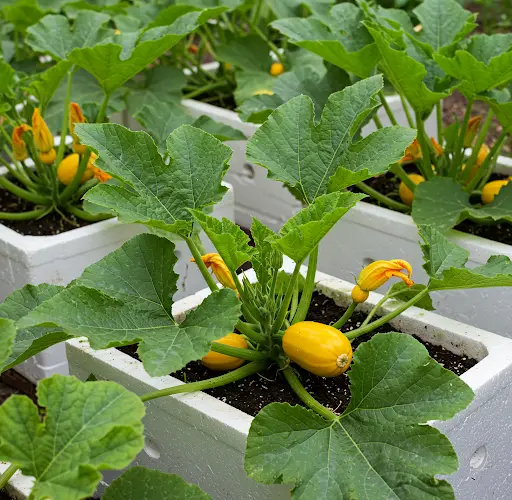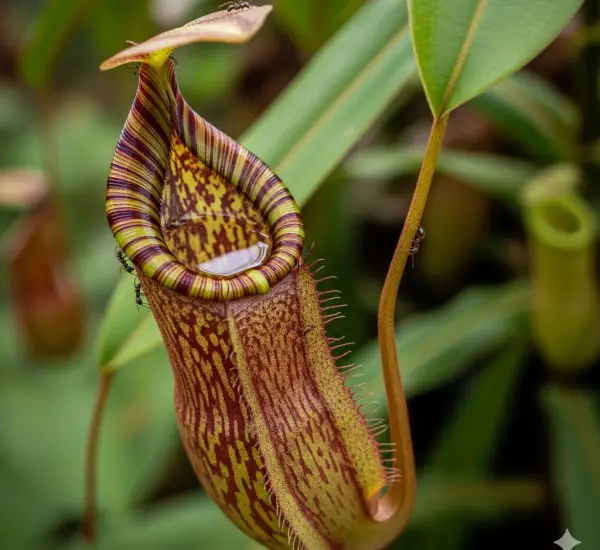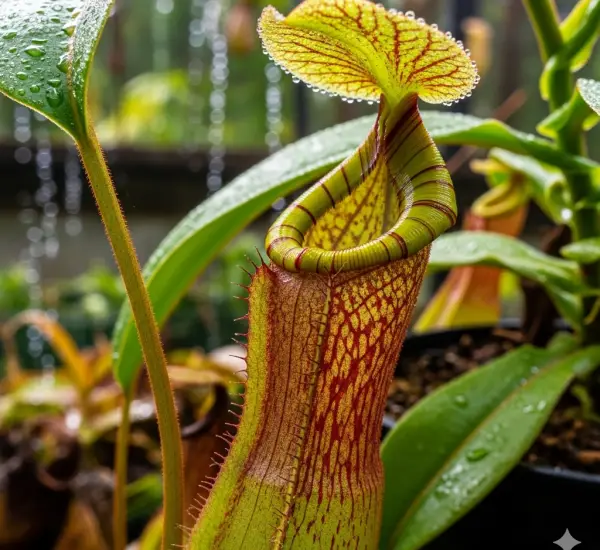Planting and Harvesting Squash: A Complete Home Gardening Guide
Squash is a versatile, easy-to-grow vegetable that’s perfect for home gardens. With many varieties—like zucchini, yellow squash, and butternut—squash can be enjoyed in everything from stir-fries and soups to baked goods. Whether you’re a beginner or seasoned gardener, growing squash at home can reward you with an abundant harvest throughout the season.
This guide covers everything you need to know to grow squash successfully, from planting and care to harvesting and storage.
Why Grow Squash at Home?
Squash is a popular vegetable in home gardens because it:
-
Grows quickly and produces large yields.
-
Requires minimal maintenance.
-
Thrives in most climates with plenty of sun and warmth.
-
Stores well, especially winter squash varieties like butternut and acorn.
There are two main categories:
-
Summer squash: harvested when tender (e.g., zucchini, yellow crookneck).
-
Winter squash: harvested when mature and stored for long periods (e.g., butternut, pumpkin, spaghetti squash).
Preparing to Plant Squash
1. Choose the Right Variety
Pick varieties that suit your climate and garden space. If space is limited, look for compact or bush types. For larger gardens, vining squash can spread out and thrive with proper spacing or support.
2. Timing
Squash is a warm-season crop. Plant after the danger of frost has passed and soil temperatures are consistently above 60°F (16°C). In most regions, this means late spring to early summer.
3. Location and Soil
Select a sunny spot that receives at least 6–8 hours of direct sunlight daily. Squash prefers rich, well-drained soil with a pH between 6.0 and 6.8.
Improve your soil by adding:
-
Aged compost or well-rotted manure
-
Organic matter like leaf mold or coconut husk
-
Balanced organic fertilizer before planting
How to Plant Squash
1. Direct Sowing
Squash grows best when sown directly into the ground or raised beds. Create small mounds (also called hills) about 2–3 feet apart to help with drainage and warmth.
-
Sow 2–3 seeds per mound about 1 inch deep.
-
Once seedlings appear and have two sets of leaves, thin them to 1 or 2 strong plants per mound.
2. Starting Indoors (Optional)
You can start seeds indoors 2–4 weeks before your last frost date and transplant them after the weather warms up. Use biodegradable pots to reduce transplant shock.
Caring for Squash Plants
1. Watering
Squash plants need consistent moisture, especially during flowering and fruit development. Water deeply 1–2 times a week, keeping soil evenly moist but not soggy. Avoid overhead watering to prevent fungal diseases—water at the base instead.
2. Mulching
Apply mulch (such as straw, dried grass, or leaves) around the base to retain moisture, suppress weeds, and keep fruit off the soil.
3. Fertilizing
Use a balanced organic fertilizer or compost tea every 3–4 weeks during the growing season. As fruit begins to develop, switch to a fertilizer higher in potassium and phosphorus to support flowering and fruiting.
4. Pollination
Squash has separate male and female flowers. Bees and other pollinators are crucial for fruit development. To encourage them, plant pollinator-friendly flowers nearby. If necessary, you can hand-pollinate by transferring pollen from male to female flowers using a small brush or your finger.
Pest and Disease Management
Keep an eye out for common pests like:
-
Squash vine borers
-
Squash bugs
-
Cucumber beetles
-
Aphids
Use natural pest controls such as neem oil, insecticidal soap, or manual removal. Row covers can protect young plants but should be removed during flowering to allow pollination.
To prevent diseases like powdery mildew or blossom end rot:
-
Provide good air circulation by spacing plants properly.
-
Avoid watering leaves.
-
Rotate crops and avoid planting squash in the same spot each year.
Harvesting Squash
Summer Squash
Harvest summer squash when they are small and tender—typically 6–8 inches long for zucchini. Check plants daily, as squash can grow quickly and become overripe.
-
Use a sharp knife or pruners to cut the fruit from the vine, leaving a short stem.
-
Harvest frequently to encourage more production.
Winter Squash
Let winter squash mature fully on the vine. The skin should be hard, and the stem should begin to dry. Most varieties are ready about 80–100 days after planting.
-
Harvest before frost.
-
Use pruning shears to cut squash from the vine, leaving 2–3 inches of stem for longer storage.
Storing Squash
-
Summer squash: Store in the refrigerator and use within a week.
-
Winter squash: Cure in a warm, dry place for 7–10 days, then store in a cool, dark location. Properly stored, they can last several months.
Final Thoughts
Squash is a fantastic crop for gardeners of all levels. With the right care and a little attention, you can enjoy a long season of delicious, homegrown squash that adds flavor and nutrition to your meals. Whether you’re growing compact zucchini on a balcony or rows of butternut in the backyard, squash is one vegetable that truly pays off in abundance.




